#Sales
Doors Make the Man: Lincoln's Suicide-doored Continental Proves Exceptionally Popular Among the Well-off Crowd
“Exceptionally popular” is a descriptor that does not jibe well with “Lincoln Continental,” as sales of the division’s flagship sedan haven’t exactly fallen into the category of scorching. Introduced late in 2016 as a 2017 model year vehicle, sales of the Continental fell 3.8 percent, year over year, in December, and 27.1 percent for the entirety of 2018.
While the Continental suffers from a crossover-inflicted illness impacting all cars, one Continental variant has no trouble generating demand: the lengthened, limited-edition Coach Door Edition, which bowed late last year with a price tag of just over $110,000.
People clearly want to be seen exiting from rear doors that open the wrong way.
America's Subcompact Car Market Is Now Just Half the Size It Was Three Years Ago, and It's Falling Fast
America’s demand for subcompact cars tumbled 26 percent in 2018, yet another result that points to the eventual demise of all but a few B-segment cars.
2018’s sharp drop – equal to roughly 94,000 fewer sales in the core eight-car subcompact category – follows an equally harsh decline in 2017, when the segment lost more than 95,000 units. Led by a sharp reduction in sales of the top-selling Nissan Versa and year-over-year percentage declines of more than 29 per cent for the Chevrolet Sonic, Honda Fit, Hyundai Accent, Toyota Prius C, and Toyota Yaris, the category’s volume has fallen 48 percent since 2014.
And before you say, “Well, cars are all unpopular these days,” keep 2018’s five million-plus car buyers in mind. Car buyers do, in fact, still exist.
But subcompact car buyers are disappearing much, much faster than car buyers at large. And it may well be because the product execution of subcompact cars is really rather poor.
Hyundai, While Not Pulling Up Stakes in the Car Market, Knows Where Its Future Prosperity Lies
Ignore that slight dip in U.S. sales volume last year, Hyundai Motor America’s chief operating officer, Brian Smith, says. It’s just because the automaker stopped flinging so many cars at rental agencies.
Barring some unexpected disaster, 2019 should see the brand’s sales climb in the U.S., Smith said, adding that Hyundai’s not planning on pulling a Ford or GM anytime soon. Honest-to-God cars will live on in Hyundai’s lineup, but utility vehicles will continue earning an ever greater share of its total volume. No surprise, what with a big ‘ute on the way.
While the new Kona and upcoming Palisade will no doubt swell the ranks of Hyundai light truck buyers, Smith feels fans of the company’s Santa Cruz pickup concept will be pleasantly surprised by what the brand has in store for them.
'The Brand Has Seen Some Softening,' Is One of the Most Accurate Statements Chrysler Has Ever Made About Chrysler
“When I look at the new Imperial,” Chrysler Corporation chairman Lee Iacocca said in 1980, “I see an electronic marvel.”
He may have been reaching.
“We understand the speed with which we have to act,” Chrysler Group CEO Bob Nardelli said in mid-2008, months before Chrysler’s collapse showed that whatever understanding there was did not find itself successfully implemented.
More recently, however, in Fiat Chrysler Automobiles’ recap of its brands’ 2018 U.S. sales performance, the company’s own take on the Chrysler marque’s results was stunningly honest. “Overall,” FCA said in its press release, “the brand has seen some softening during the year following the continued wind-down of the Chrysler 200 and the Town & Country.”
Ya don’t say.
Under Fire From Multiple Foes, Jaguar Land Rover to Cut 4,500 UK Workers
For now, Tata-owned Jaguar Land Rover isn’t saying whether any of its British plants will close as a result of the automaker’s cost- and job-cutting spree, nor whether we’ll see a shedding of models from its portfolio. Many would argue there’s some Jags in need of cutting.
With global sales falling 4.6 percent in 2018, the automaker claims the next phase of its “Charge and Accelerate” transformation plan will leave 4,500 UK workers out of a job.
Market Share Madness: Which Brands Earned a Larger Slice in 2018?
When you’re already big, it’s hard to notice much of a change in any direction. This goes as much for the human body as it does for auto sales. So it’s no surprise to see that, of the roughly 17.3 million vehicles sold in the U.S. last year, the amount claimed by the Detroit Three didn’t budge all that much from the previous year.
Combined, the three domestic giants took a 44.4 percent slice of the U.S. auto pie, which actually represents a 0.1 percent increase from a year earlier. Combine Tesla’s volume into the American fold, and the stars and stripes collected 45.1 percent of U.S. buyers, or 0.6 percent less than in 2013.
In 2018, General Motors and Ford both ceded ground to a rising Fiat Chrysler, proving that the real action occurs at a lower data level. So, which automakers earned a larger helping of your collective buying love last year?
Rebirth, or Looming Fizzle? The Station Wagon Had a Pretty Good Year in 2018
In the absolutely superb 1949 war film Twelve O’Clock High, a doctor stationed at a U.S. Army Air Force base in WW2 England uses an interesting comparison when describing a character’s mental breakdown.
“Have you ever seen a light bulb burn out? How bright the filament gets right before it breaks?”
A similar phenomenon could be at work in a certain vehicle niche, one which gets more press than actual sales warrant. The lowly, reviled, and suddenly revered station wagon, now referred to in terms meant to dispel the stodgy family hauler image of decades past.
Losers and a Few Winners: Here's the Cars That Bucked the Trend in 2018
Don’t worry, it isn’t a long list. You won’t be here all day. While the industry coasted to a surprising, yet slight, year-over-year volume increase in 2018, automakers can’t thank America’s desire for traditional passenger cars for eking out a win. Light trucks carried the day, with car sales plunging to new lows. Industry-wide, U.S. car sales sank 13.1 percent in 2018, pushing their share of the market to just over 31 percent.
Within this soup of sales, a handful of conventional passenger cars exist that held their ground, straining mightily against gale force headwinds. Maybe it’s a futile battle, but it’s worth noting these survivors.
A Decade After the Recession (and the Car's Last Hurrah), Light Trucks Continue Gaining Ground
Ten years of lost time has a way of diminishing past events, even one so extreme as the global financial meltdown of 2008-09. It also pushes aside memories of a lot of vehicles that still lingered on the market a decade ago.
At the time, the U.S. economy found itself in freefall. Unemployment rose like a Saturn 5 rocket bound for lunar orbit, gas prices spiked as oil suddenly gained the value of a icy cold canteen on a desert island, and auto sales tanked like Lindsay Lohan’s career. Trucks and SUVs, which were gaining ground throughout the 2000s, ceded territory to passenger cars as the overall industry shed 3 million sales in 2008. The following year brought the worst of it, followed by a steady climb out of the depths. Happier days, just not for traditional passenger cars.
What a difference a decade makes.
Autos In America: A 2018 Year-end Sales Roundup
Most manufacturers were awash in red by the end of 2018, either from the ink on their ledgers or the rose-colored glasses they were wearing while trying to assure themselves that all was well. Ford, GM, Honda, Hyundai … all ceded ground over the last twelve months.
Those seeking the brightest light in 2018 need look no further than our own backyard. Fiat Chrysler climbed the sales chart in a big way. Predictably, that charge was led by Jeep. The numbers put forth by the Trail Rated brand did hold one very surprising statistic, however.
Ford Starts Off the New Year by Pissing Us Off
Are there fits of childlike, fists-clenched glee occurring in the Glass House right now? Quite possibly, and not just because someone brought a scooter into the building.
Don’t say we didn’t predict it. Ford, following in the footsteps of rival General Motors, says it plans to switch to quarterly sales reporting in 2019. While this move would even out the monthly spikes and troughs caused by fleet timing, it ends up meaning less data available to journos and the public.
Chevrolet Volt's Discontinuation Leaves Battery Plant Employees Out of a Job
The vehicle they provide batteries for has less than three months to live, and this week brought news to 50 workers at General Motors’ Brownstown Battery plant that their positions are even more short-lived. In a filing with the state of Michigan, GM said it will cut 37 hourly and 13 salaried workers at the Detroit-area facility, adding an extra dollop of job losses to the mass culling announced late last month.
If the idea of owning a plug-in hybrid with real electric range tickles your fancy, your time’s running out fast.
Why American Muscle Might Outlive the Standard American Sedan
Domestic sedans are currently being walked up to the edge of a mass grave. Beneath them rests their two-doored brethren and the first wave of four-doors previously executed by the Big Three. Ford has promised a lineup comprised almost entirely of pickups and utility vehicles in the coming years and General Motors is in the process of doing the same. Fiat Chrysler wisely kept its automotive killing spree under the radar by being the first to pull the trigger and not making a big deal of it. But consider what’s left within its domestic nameplates: SUVs, pickups, a few vans and the endangered Chrysler 300 — which is really a more of a commoner’s luxury vehicle.
FCA also has the Dodge Charger and Challenger in its stable, but they’re not what one might consider when imagining your typical sedan. They’re ancient, powerful creatures. Gas-guzzling muscle cars, brimming with attitude, and seemingly impervious to harm. Goliaths without a David or fuel crisis to put them down. Who could have ever imagined that American muscle would crawl back out of its grave after such a long absence and manage to outlive the typical sedan?
Their manufacturer, for one.
Toyota Expects a Quarter of Prius Customers to Choose AWD-e, but 25 Percent of Prius Is Not What It Used to Be
As America’s new vehicle market shifts to vehicles with four driven wheels, greater ride height, and dog-friendly tailgates, it seems more than sensible for the Toyota Prius to take part in some community outreach.
The Prius, America’s 10th-best-selling car just a decade ago, can keep doing the same thing over and over again while expecting different results. Or, the Prius can make a significant change – via available “independent electric, magnet-less rear motor” – to offer all-wheel drive, one of the feature sets that’s drawing car buyers away from cars.
And that’s exactly what Toyota has done for the otherwise refreshed 2019 Prius ( reviewed last week by our own Matt Posky). In a manner of speaking, Toyota expects big things from the Prius AWD-e: 25 percent of Prius customers, to be precise.
But one-fourth of all Prius volume is not what it used to be. In fact, it’s a far cry from what it used to be. A mere fraction of what it used to be. One-quarter of all Prius volume will make the Prius AWD-e barely more common than the Alfa Romeo Stelvio.
Mazda Doesn't Want to Run Low on Crossovers, Plans Accordingly
Like most automakers, utility vehicles make up the bulk of Mazda’s sales, and the ratio is only swinging further in light trucks’ favor. While the new 3 hatch and sedan may be the freshest products on the automaker’s plate, freshly minted CEO Akira Marumoto knows what butters Mazda’s bread.
To keep the adorably midsized automaker in good standing with customers and accountants, the company is taking great pains to ensure the flow of crossovers never stems. Anywhere Mazda builds cars, Marumoto also wants crossover capacity.




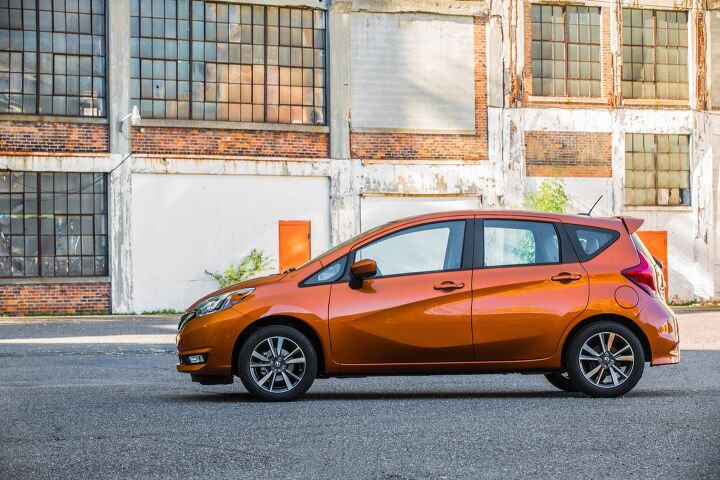



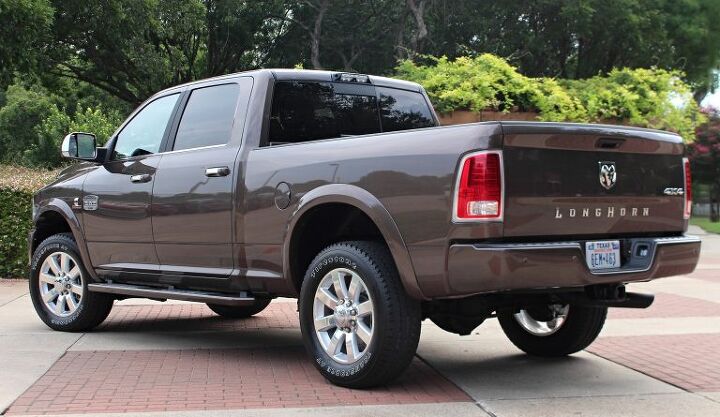


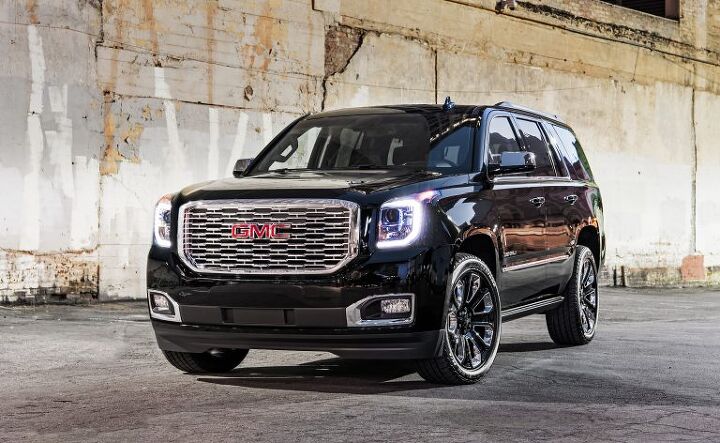


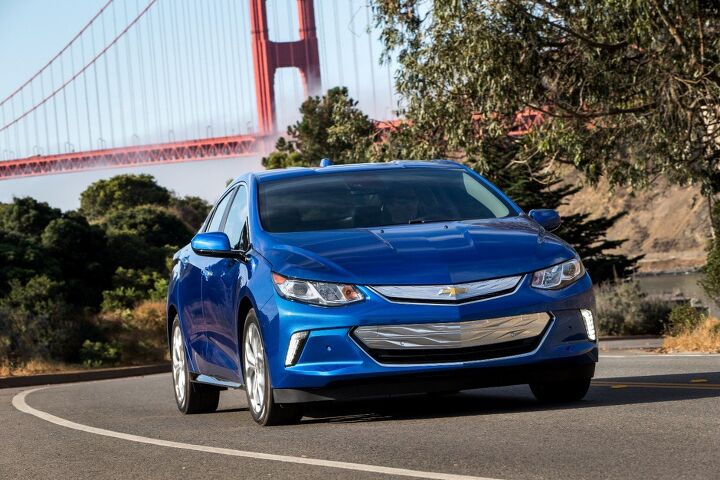

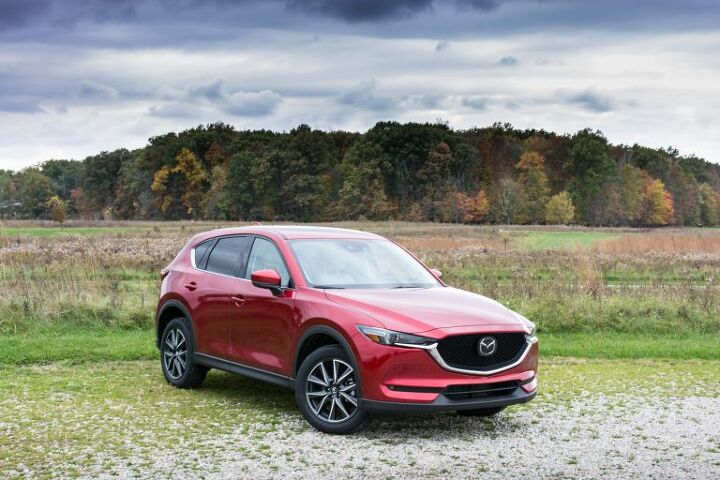












Recent Comments